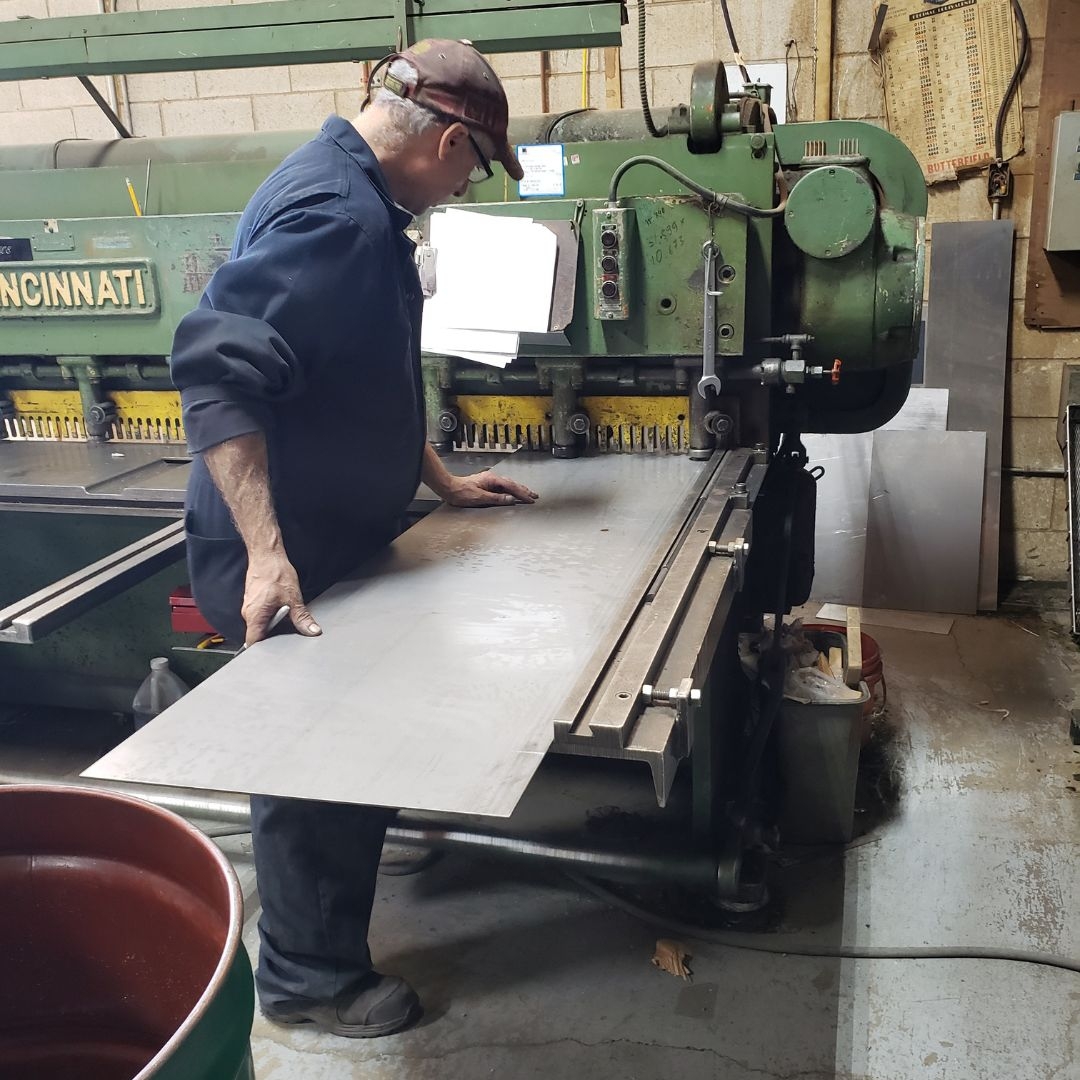Types of Shearing Techniques In Metal Fabrication

The process of shearing in metal fabrication is an essential step that involves cutting a piece of metal along a straight line. It is typically done using specialized machines called shears, which apply a strong downward force to the metal, causing it to fracture along the desired cut line. Shearing is commonly used for cutting sheet metals and plates into smaller pieces or specific shapes.
The process begins with securing the metal firmly between two blades in the shear machine. The upper blade then descends rapidly onto the material, exerting immense pressure until it cuts through. There are different types of shearing techniques available depending on the requirements of the project. These methods are followed around the world, even in metal fabrication in Ontario.
Types of Shearing Techniques
1. Guillotine Shearing: This is the most common type of shearing technique used in metal fabrication. It involves using a guillotine shear to cut through the metal sheets or plates with a straight blade. Guillotine shearing provides clean and precise cuts, making it ideal for thin materials.
2. Punch and Die Shearing: In this technique, a punch and die set is used to create the desired shape by removing a portion of the material from the sheet or plate. This method allows for more intricate designs and shapes to be created with greater accuracy.
3. Rotary Shearing: As the name suggests, rotary shears use rotating blades to cut through the metal. This technique is commonly used for cutting large volumes of metal quickly and efficiently.
4. High-Speed Shearing: High-speed shears are designed to cut through thicker materials at faster speeds without compromising on precision. They are often used in industries where high production rates are required.
Metal Fabrication in Ontario is carried out precisely just as you would expect and we at Metal-Tronics ensure that happens at all costs. Contact us for metal fabrication and laser cutting in Mississauga, Ontario.
